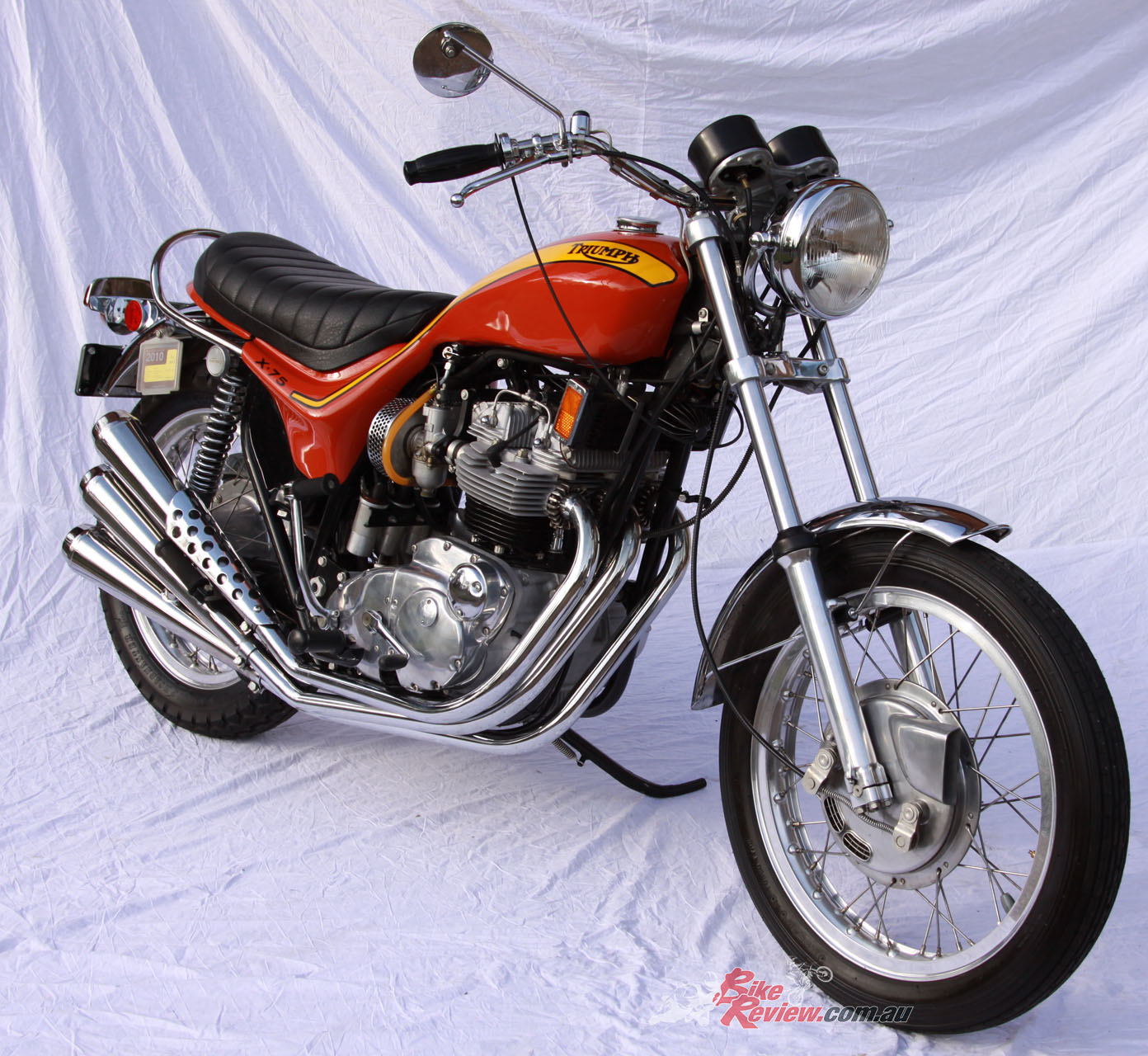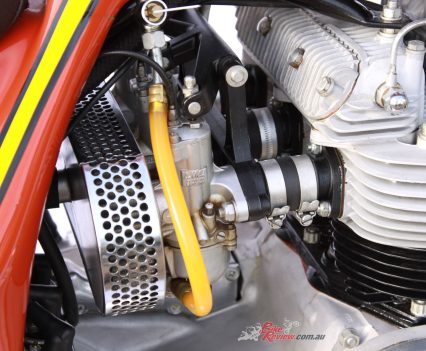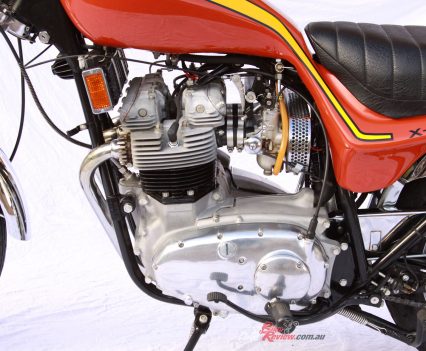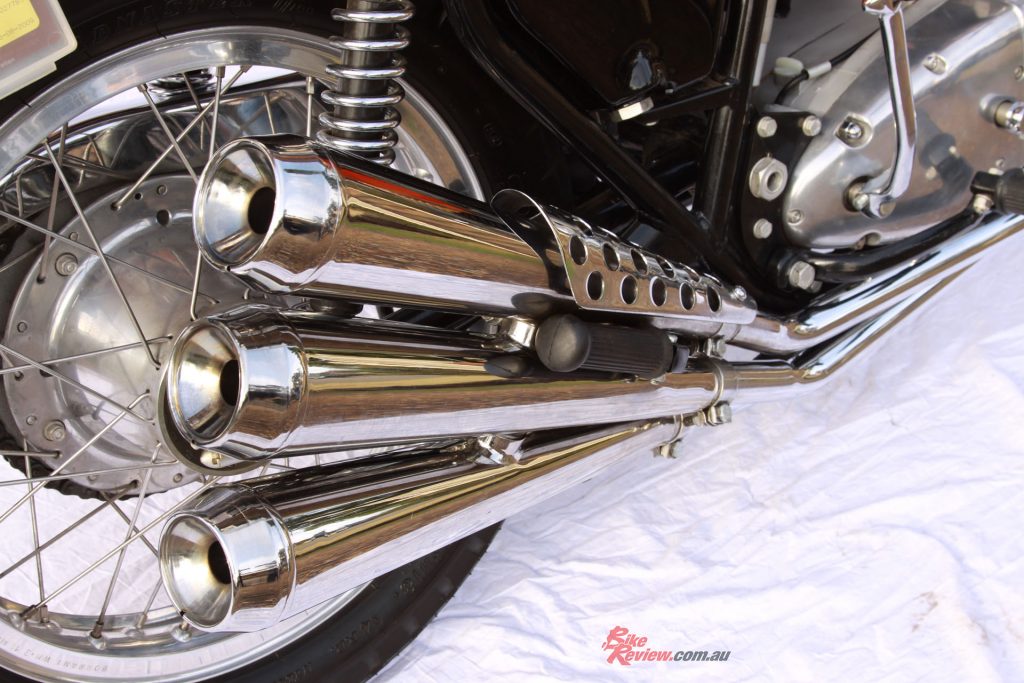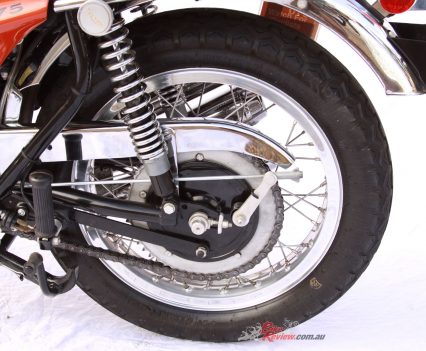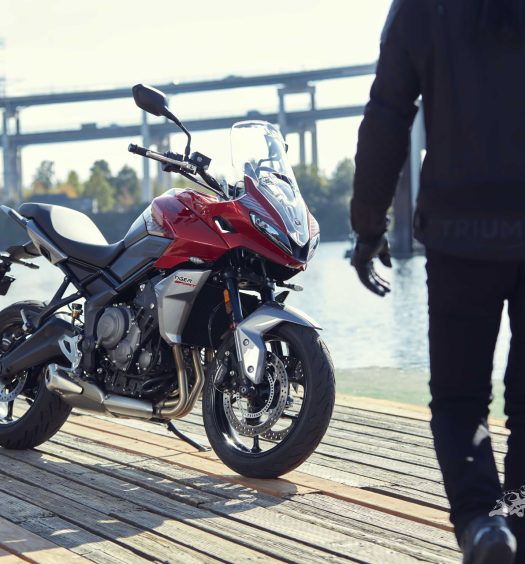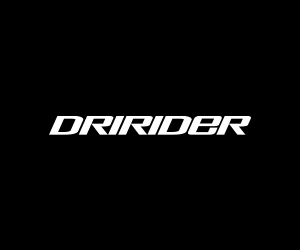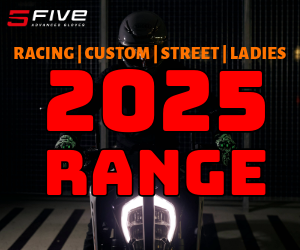After the Japanese dealt a devastating blow to the British with the Honda CB750 the Poms had one final attempt with the Triumph Hurricane. Words & Pics: Tony Wilding & Jeff Ware
The actual Hurricane was based on the Triumph Trident of 1968, which also shares the same 744cc three-cylinder engine as the BSA Rocket III. While it wasn’t the best handling bike by far, but it was definitely a great looking one made for those cruises to the coffee shop.
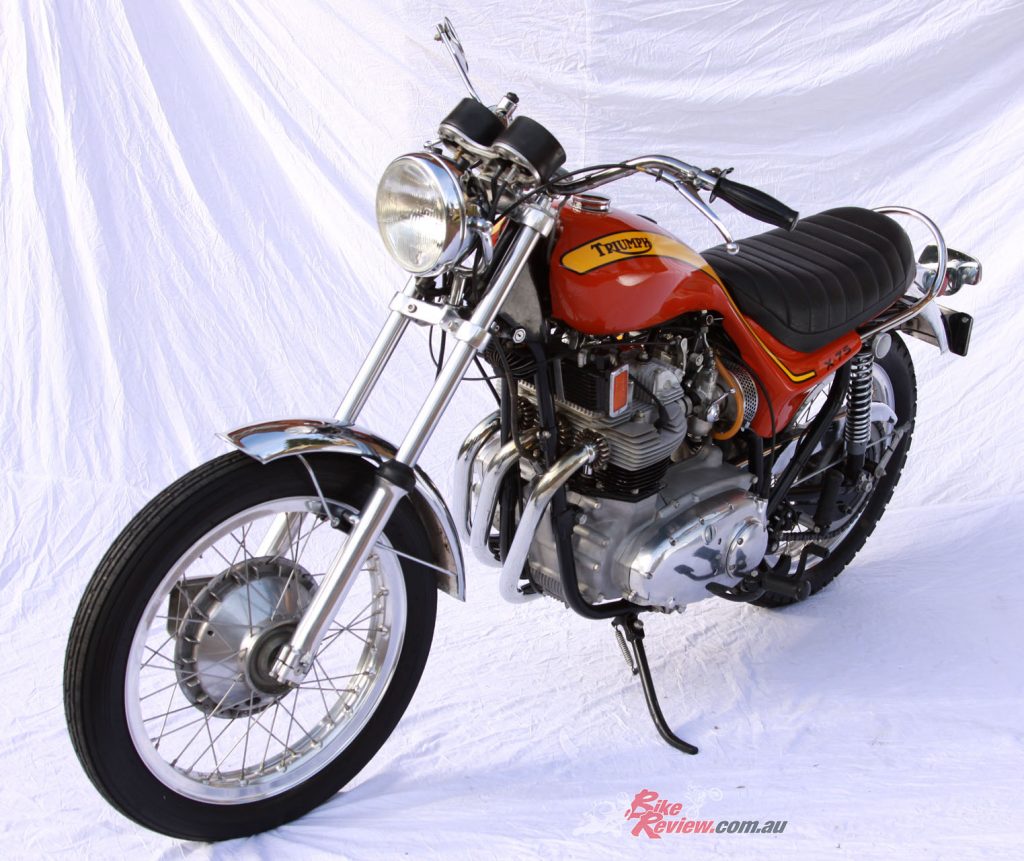
This bike is all about cruising and looking good while doing it, corners were slightly terrifying on it.
Back in the late ’60s America was Britain’s biggest export market but neither the Trident nor the Rocket III sold well in the States so the Triumph/BSA group employed American designer Craig Vetter to come up with a contemporary styled bike that would appeal not only to the US market but also the British.

The bike isn’t too happy going around corners, it’s definitely made for those weekend cruises to the beach.
The end design was a sleek, one-piece chopper-style integrated tank and seat unit that had flowing lines from the front to the back and highlighted the muscular three-cylinder engine. If you wanted one, the orange with yellow stripes was the only option. One of the main styling features of the Hurricane was the three separate exhausts that swept up the right side of the bike and spread out towards the rear like a fan – giving the bike a distinct style.

Back in the late ’60s America was Britain’s biggest export market but neither the Trident nor the Rocket III sold well across the other side of the world in the States.
The bike was originally named the BSA Vetter Rocket, which was a big ego boost for the designer Vetter but due to the economic climate at the time, when the bike went on sale in 1972, the bike was to be re-badged as the Triumph X-75 Hurricane.
At the time the Hurricane put out a respectable 65hp from the 744cc OHV motor. The engine drank its fuel through triple 27mm Amal carbs and had a five-speed gearbox, which had a dry single-plate clutch. The X-75 weighed in at 191kg which was reasonably light for the time and allowed a top speed of 180km/h. Although with a 10L fuel tank, don’t expect to go too far – average riding will see you cover 120km before your fuel runs out…
This particular bike is owned by Shuff from Penrith in NSW and is in immaculate original condition. Shuff also owns a BSA A75 Rocket III and a new Triumph Rocket III with a turbo so you could say he has a passion for all things three-cylinder.
Check out our other Classic bike reviews here…
When the Hurricane was new it cost $2,300 and nearly 50 years later, if you are lucky enough to find one for sale, it would set you back at least $40,000 – if in mint condition like this one.
So, what’s the X75 Hurricane like to ride? The bike isn’t too happy going around corners… It’s mainly right-handers that the bike has problems with due to those sensational looking pipes and low ground clearance but left-handers weren’t much better due to the steering geometry.
To get the ‘chopper look’ the fork suspension was extended by an extra 25mm thus having a detrimental effect on handling so don’t expect to be buying a corner scratcher.

The bike was originally named the BSA Vetter Rocket, which was a big ego boost for the designer Vetter.
This bike is all about cruising and looking good while doing it and there aren’t too many classic British bikes that will achieve this goal… but did it save the British motorcycle industry? Um… no!

